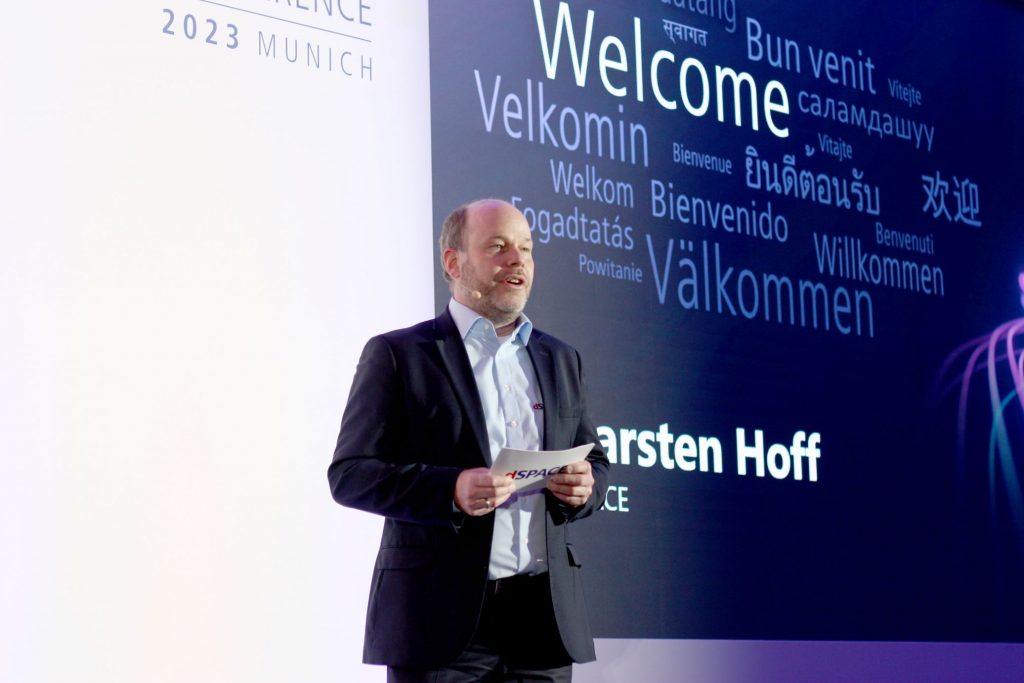
The many features and functions in modern road vehicles rely on millions of lines of code, controlling numerous onboard systems, and are often held together in unwieldy, multi-ECU (electronic control unit) architectures. At the 2023 dSPACE World Conference last month, much of the discussion involved the integration of increasingly complex electrical and electronic (E/E) systems in today’s advanced automobiles.
“If we look to the situation up until now, we see that usually one function has been related to one hardware module, with one software set,” said dSPACE CEO Carsten Hoff. “For example, if you want an ACC [adaptive cruise control or active cruise control] system, you plug in a separate little ECU with software on it, and that has to fit in somehow with the rest of your systems. What we are starting to talk about now is a new approach, the software-defined vehicle [SDV] approach.”
With the SDV, car manufacturers will move away from using numerous small ECUs, each corresponding to a single functionality, and towards more global, more integrated architectures, featuring fewer or even a single onboard ECU.
“It means that at any time you can update your car, the hardware will remain the same for the full vehicle lifetime, while the functionalities, the software, will be delivered separately,” Hoff said. “So you can order, let’s say, traffic sign recognition, when you buy your car, or you can add that later. It’s only a new piece of software. We have all seen this with the Tesla approach, where they are distributing an update every month. Others are about to follow.”
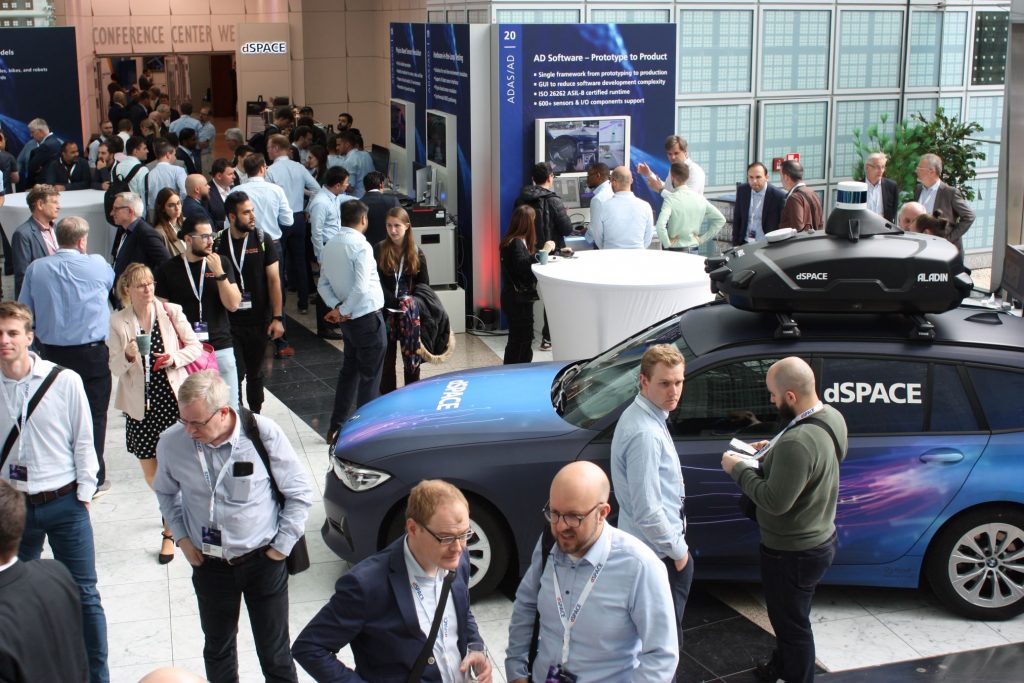
New challenge for testing
dSPACE is an industry leader in the validation and verification of all manner of vehicle systems. The company’s popular and successful hardware-in-the-loop (HIL) products enable reproducible testing of real ECUs embedded in realistic simulation environments. The company is now inviting major car makers to discuss the introduction of new standards for verification and validation platforms.
Hoff explained: “We’re not talking about a new dSPACE product. This is about an industry platform. Today, there are a lot of specialized tool companies; we are only one of them. Our customers are buying tools from here and from there, and in the end, their major challenge is how to get all of this integrated into a seamless toolchain. It’s about how to store data, how to convert data in different formats, or how to generate the right interfaces.”
Hoff said dSPACE is working to create a new consortium to deliver a standardized validation and verification platform. “The clear target is that especially our OEM customers are getting rid of the integration work and can really concentrate on vehicle and feature development.”
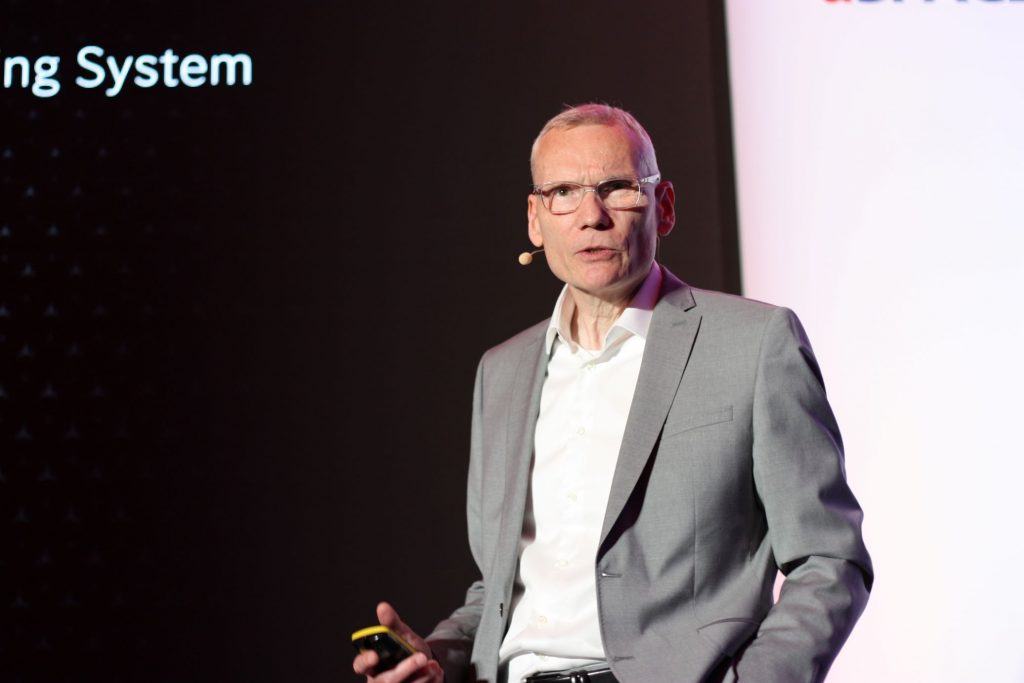
Following suit
One large automaker that is very interested in rational vehicle systems is Mercedes-Benz. The company’s Stefan Schmerler, Head of E/E Pre-Integration Autonomous Driving and Body, described the MB.OS operating system, set to appear next year in the company’s top production cars.
“It’s not just an OS but a comprehensive ecosystem including cloud and IoT,” he said. “We will have cloud services for applications and services and to stay in touch with our customers. We need to constantly learn from collected data to further improve our products.”
New developments seen in the autonomous driving and telematics domains have been accompanied by unprecedented technical complexity.
“The end of this development is not seen yet, and this complexity will lead to a very difficult homologation of the E/E system, and we need to note the particular difficulty involved with ADAS [advanced driver-assistance systems],” Schmerler said. “Our MB.OS has been designed to master these challenges. We are attacking at the hardware level and at the software level.”
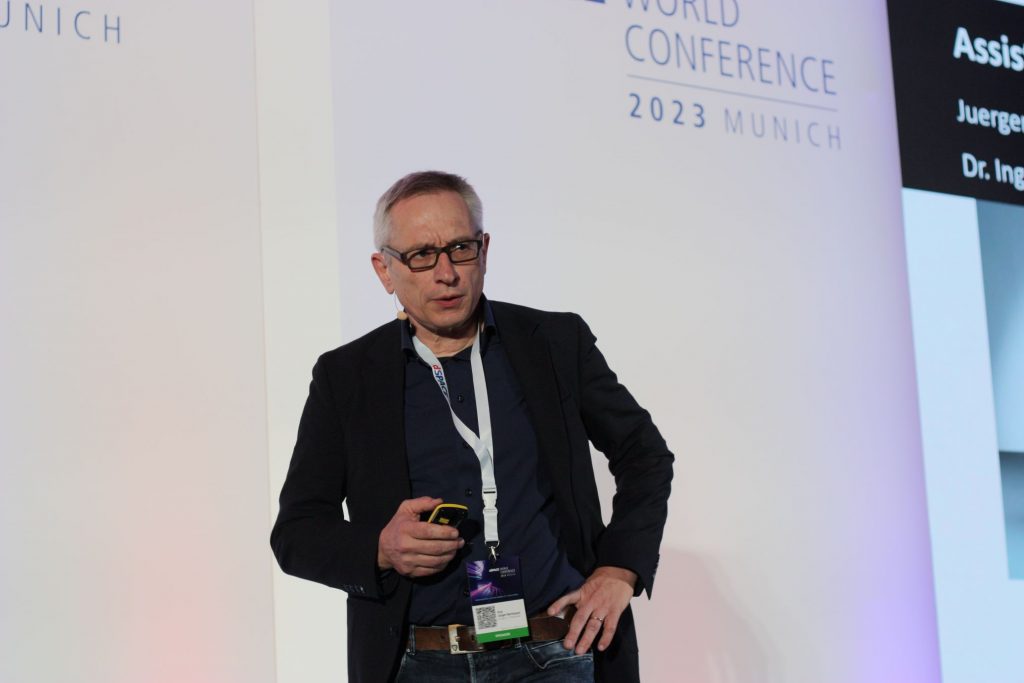
Right fit
dSPACE had many OEM customers at its event, and one presented on an unlikely topic.
“Porsche is not necessarily the company you think of when you think of automated driving,” said Jeurgen Bortolazzi, Porsche Head of Driver Assistance and Automated Driving. “Most people buy a Porsche because they want to drive, but we know things can evolve very quickly.”
Bortolazzi discussed the company’s new strategic collaboration with Mobileye for series production of premium ADAS and AD solutions. IAV covered that news earlier here.
“We had certain very clear requirements when it comes to functionality and philosophy, but also scalability and synergies, and we found a good fit with Mobileye,” he said.
Porsche plans to offer automated assistance and partially automated intelligent navigation functions based on the Mobileye SuperVision technology platform. The Volkswagen Group has already been working on ADAS with Mobileye for years.
“The system lets drivers take their hands off the steering wheel on various road types while visually monitoring their surroundings depending on local laws and traffic situations,” Bortolazzi said. “Cars can follow the navigation routes chosen by the driver, autonomously change lanes, and automatically overtake slower vehicles on multi-lane roads.”
The Mobileye platform monitors the environment with a much-extended sensor set, including an array of 11 cameras in combination with five radar sensors and using some very sophisticated fusion algorithms. Mobileye’s sixth-generation system-on-a-chip is a highly efficient combination of hardware and software that significantly relies on artificial intelligence to perform driver assistance functions.
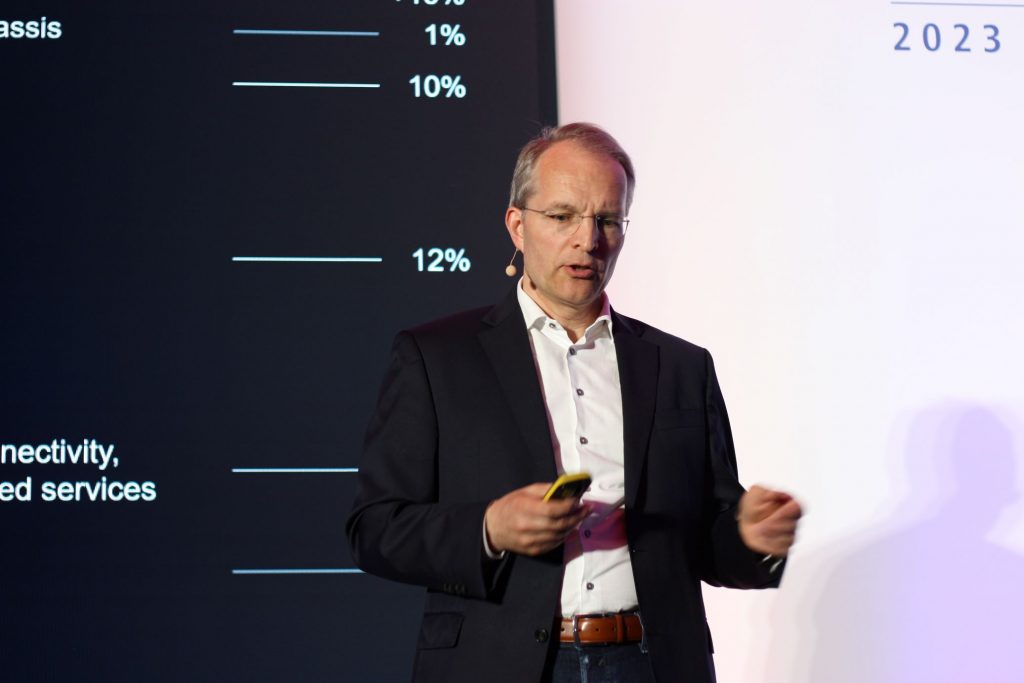
Numbers don’t lie
If anyone still needed convincing, Rupert Stuetzle, a Partner at McKinsey & Company, confirmed much of what had been suggested during the conference. Current predictions based on his company’s in-depth statistical analyses see automotive E/E architecture becoming more centralized, and the automotive integration, verification, and validation services market growing by about 10% per year.
“Trends to be prepared for include vehicle-level continuous integration and continuous deployment,” Stuetzle said. “This means over-the-air updates, with increasing frequency, and partial updates as well, as needed. The more centralized nature of these vehicle computing platforms will also lead to more opportunities for SIL [software-in-the-loop] testing.”
AI will increasingly be used to automate development and testing processes. Finally, there will be an increasing need for new approaches for validation and verification in safety-critical domains, such as automated driving, where machine learning and AI-based algorithms are becoming more and more prevalent.
In all, the market for advanced and automated vehicle E/E systems would seem to be well on course. Participants at the dSPACE event will no doubt be eager to learn how far we’ve come at the company’s next World Conference in two years’ time.

